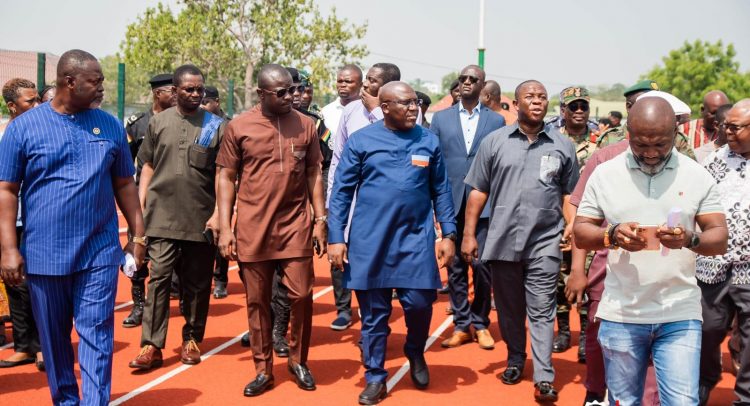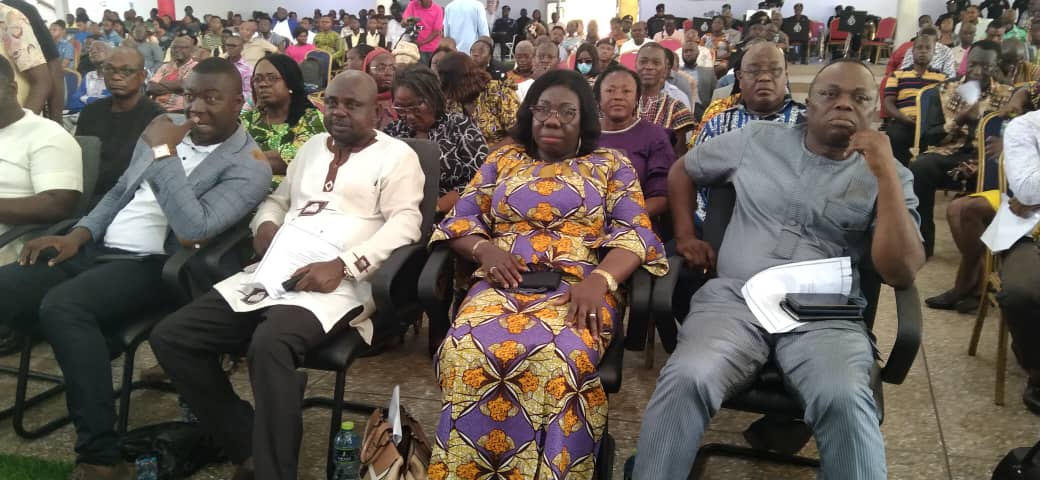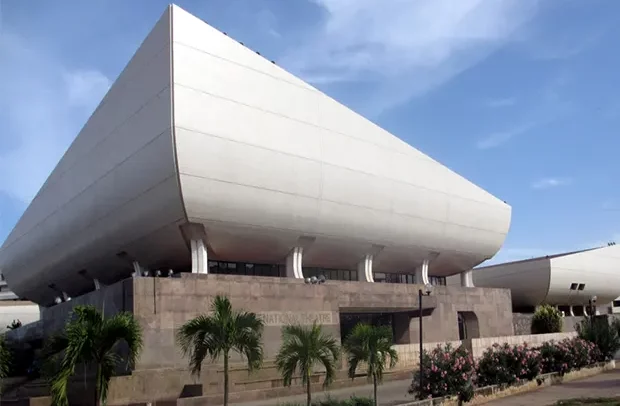
By Ama Kudom-Agyemang
Obviously, the realisation of about three-quarters of the world’s population having access to safe water sources, is a major attainment by the international community. However, this achievement cannot be overly celebrated. This is because, as the world celebrated this year’s World Water Day (WWD) on Friday, 22nd March, a whooping 2.2 billion people worldwide still had no access to safely managed water.
Majority of these people are said to be concentrated in Sub-Saharan African countries; Ghana inclusive. And according to UNICEF Ghana, even though access to water in the country has improved significantly, one person out of every ten has to spend more than 30 minutes to access an improved source of drinking water. While, another 11 per cent of the population, still drink from surface and other unsafe water sources.
This trend is disturbing considering that the proportion of water bodies with good ambient quality was 58.8 per cent in 2023 per research results from the Water Resources Commission (WRC). But this also indicates that the proportion of water bodies with poor ambient quality is quite significant – just a little less than half of the country’s water bodies. Therefore, it is worrying, if a sizable population of Ghanaians are still dependent on surface water or raw untreated water taken directly from a water body. Besides, the nature of pollution also affects the treatment of water piped for distribution to users.
Galamsey, a plague to Ghana’s water bodies
What could be accounting for the poor state of some of Ghana’s water bodies might not be news to most Ghanaians. Top on the list of factors is illegal mining or “galamsey” not only on farm lands, but even in water bodies, to the extent that major water bodies like River Pra, River Ankobra and River Birim are now heavily polluted. The effects of Illegal mining have so overwhelmed the nation that the various measures implemented over the years to address the problem, seem like a drop of sand in the bucket.
For instance, the government has used the military and other security services to arrest and decommission equipment used in illegal mining activities; while COCOBOD has for the first time in its history, established a Desk on Small Scale Mining to ensure cocoa farms are protected from the galamsey menace. Yet still, the practice continues.
The introduction by the government through the Minerals Commission and the Ministry of Lands and Natural Resources (MLNR) of Community Mining to encourage local communities endowed with mineral resources to serve as a catalyst to discontinue illegal mining, has somehow resulted in another twist to the problem.
A community’s perspective of community mining
Some of these communities have taken matters into their own hands and in the process, destroyed sensitive ecosystems like streams that served as water sources for local communities as well as wetlands – which are vital for recharging both underground and surface water. A typical example is Yawkrom in Amansie West District of Ashanti Region. Community members feel justified in handling the communities mining business by themselves. “Why should we allow outsiders who come with permits from Accra without consulting us, to do what we can do by ourselves?”
This query came from a leading member (name withheld) of Yawkrom, who interacted with members of the “Women in Forestry” group that visited the community sometime in May, last year. The purpose of the field trip was for the women to better appreciate the nature, scope and effects of unregulated mining in communities. The trip was part of the group’s annual event to build the legal capacity of women active in the forestry sector.
The group’s activities are coordinated by the Rights and Advocacy Initiatives Network (RAIN), an organization that focuses on Community rights advocacy, gender and women empowerment, forest governance and sustainable agriculture. RAIN’s activity is in partnership with ClientEarth, a UK based charity organization with support by UKAID.
The women observed that Yawkrom’s Community Mining Initiative, had not only devasted a major river and some wetlands in the community, but the practice was taking place just about 150 meters from the community. From the Elder’s perspective, community members were doing very well. “Government has provided a borehole for us and we have also been able to replace our old and worn-out roofs with new roofing sheets,” he said.
For now, it appears the people of Yawkrom and similar communities, are oblivious to the looming danger – severe water scarcity and its attendant problems including conflicts.
The importance of WWD 2024
So, the occasion of WWD 2024 celebration in Ghana served as a reminder to not escalate activities that could lead to water related conflicts. Rather, “Everyone needs to continue advocating for the sustainable management of water to promote a more equitable and sustainable utilisation of our water resources to engender peaceful coexistence in the country.” This was the caution from Deputy Minister, Sanitation and Water Resources, Amidu Issahaku Chinnia, in a message read on his behalf during the national climax event of WWD 2024, at Potroase, in the Eastern Region.
For his part, the Acting Executive Secretary of the WRC, Dr. Bob Alfa, gave a hint about the possible conflict that could have arisen between Ghana and Cote d’Ivoire, due to pollution by Ghanaians of rivers that the two countries share.
“We probably would have gotten ourselves into conflict with our neighbours, as a result of the polluted nature of Ghana’s water sources in the South Western River systems, including Tano and Bia which flows to Cote d’Ivoire,” he said, adding that: “This water is polluted. That country is definitely not happy. We are having to negotiate and cooperate seriously. Otherwise, we probably would have gotten ourselves into conflict with our neighbours.”
This posture of cooperation by the two neighbouring countries to safeguard a water resource, is what UN Secretary General, António Guterres sees as that, which can power and sustain peace.
In his statement to commemorate the occasion, he noted: “Water stewardship can strengthen multilateralism and ties between communities, and build resilience to climate disasters.” The Secretary General added that such cooperation could improve health, reduce poverty and inequality, and boost food and water security as well as drive progress towards the Sustainable Development Goals (SDGs).
Therefore, he called for a commitment “to work together, to make water a force for cooperation, harmony and stability.”
The UN General Assembly instituted WWD as a means of focusing attention on the importance of freshwater and advocating for the sustainable management of freshwater resources. This year’s celebration was on the theme: “Leveraging Water for Peace,” and focused on the critical role water plays in the stability and prosperity of the world. It underscored the fact that when water is scarce or polluted, or when people have unequal or no access, tensions can rise between communities and countries.
WWD 2024 marked the 31st anniversary, since the day was first observed in 1993 on the theme “Water for Life.” It highlighted the critical role that freshwater resources play in supporting human life and development.
School children in a sketch demonstrating the practice of galamsey and its effects on water bodies at the climax event of WWD 2024 at Potroase, Eastern Region, Ghana
Some members of the Women in Forestry group, in a pose near the Yawkrom Community Mining Site.
The post Reflections on 2024 World Water Day Celebration appeared first on The Business & Financial Times.
Read Full Story
























Facebook
Twitter
Pinterest
Instagram
Google+
YouTube
LinkedIn
RSS